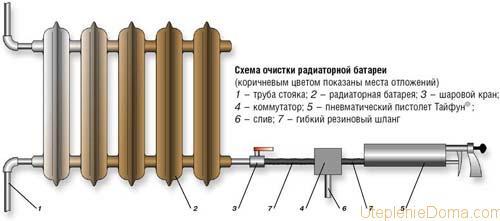
Battery. How to take care of the battery during a long period of inactivity?
 The social isolation associated with the COVID-19 pandemic has led to a reduction in tourism and the suspension of many vehicles for an extended period of time. This is a good opportunity to remember a few rules related to battery maintenance.
The social isolation associated with the COVID-19 pandemic has led to a reduction in tourism and the suspension of many vehicles for an extended period of time. This is a good opportunity to remember a few rules related to battery maintenance.
Long periods of inactivity are unfavorable for vehicles and batteries. Batteries that are over 4 years old and may have reduced capacity due to their age are the most vulnerable to failure. It is old batteries that most often reveal their ailments - however, often only in winter, when low temperatures require more starting power from them.
AGM and EFB batteries (designed primarily for cars with Start-Stop) provide much more energy efficiency and withstand deep discharge better than traditional batteries. However, their maintenance, like any other batteries, requires care and caution on the part of the user. Because both in summer and in winter, with a lower charge level, there may be problems starting the battery, and the Start-Stop system may stop working or fail. This situation leads to increased fuel combustion. Also, if the vehicle is parked for an extended period of time, the battery management system may misdiagnose the charge level of the vehicle.
Drivers should be aware that a permanently discharged battery can cause irreversible sulfation of the plates, resulting in reduced available capacity and eventually battery failure. This can be avoided by following the principles of maintenance and operation, such as charging the battery and driving long distances.
Charging is the key to trouble-free operation
The solution to prevent breakdowns and loss of capacity is to regularly check the voltage level and charge the battery with chargers. Modern chargers have the ability to change mode - this means that when the battery is fully charged, they behave like a maintenance charger, maintaining the correct state of charge of the battery and thus extending its life.
If you cannot connect the charger frequently, you should charge the battery at least once every 4-6 weeks while the car is parked.
See also: Top 10 ways to reduce fuel consumption
If the voltage is below 12,5 V (when measuring without active current collectors), the battery must be recharged immediately. If you do not have your own charger, a mechanic will help you diagnose your battery with a professional tester such as the Exide EBT965P and charge the battery if necessary. Fortunately, many workshops function without serious restrictions.
Travel long distances
Remember that short shopping trips once a week may not be enough to keep your battery in good condition. You must drive at least 15-20 km non-stop at one time - preferably on a motorway or expressway, so that the generator can work efficiently and charge the battery well enough. Unfortunately, driving short distances may not make up for the energy used by the battery to start the engine. It can also help limit the use of power-hungry devices such as air conditioning and GPS.
See also: Ford Transit in the new Trail version
